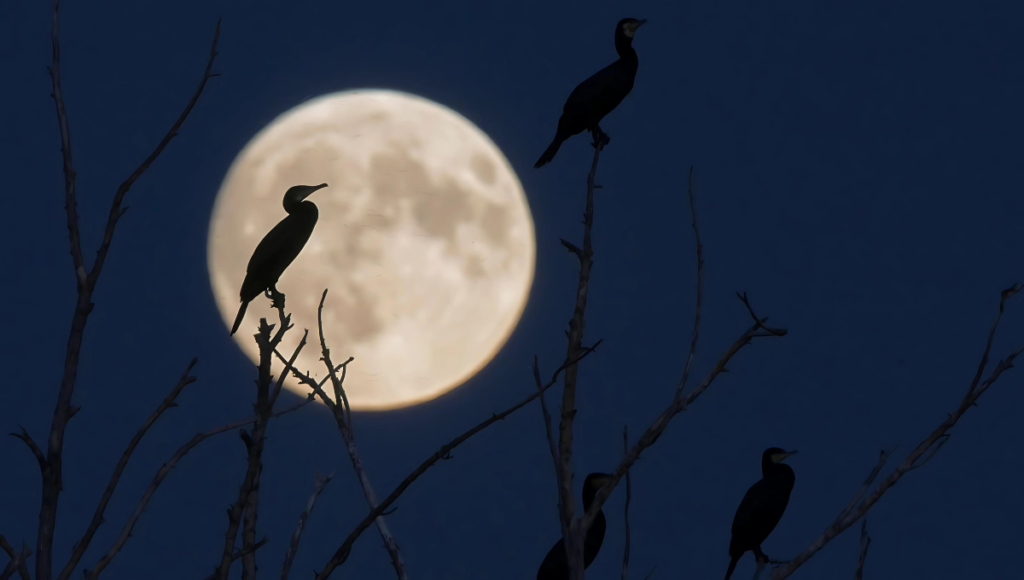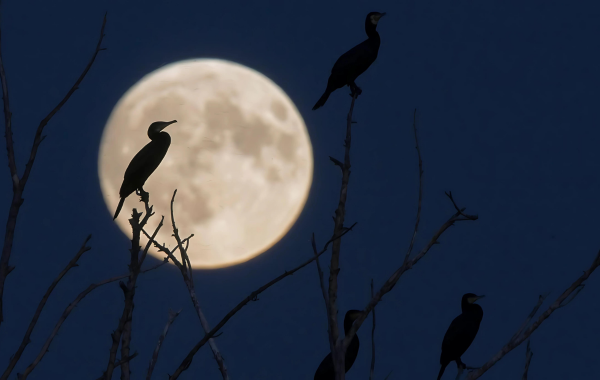A full moon also causes a partial lunar eclipse
September 18, 2024 2024-09-18 5:54A full moon also causes a partial lunar eclipse
A full moon also causes a partial lunar eclipse
Introduction: A full moon
Sky watchers around the world witnessed a partial lunar eclipse as September’s full harvest moon shone brightly on Tuesday night.

The moon reached its zenith at 10:35 p.m. According to NASA, it will be visible on Tuesday morning at 6:00 PM, but will be fully visible on Thursday morning.
If you saw the moon on Tuesday evening, the partial solar eclipse appeared to last about an hour. A partial lunar eclipse occurs when the Earth moves between the sun and the full moon without being perfectly aligned. This celestial phenomenon occurred in most of Europe, Asia, Africa, North America and South America.
The moon entered Earth’s full shadow at 10:13 p.m. ET and left at 11:16 p.m. E.T. The peak of the eclipse was expected at 10:44 p.m. ET, according to NASA.
During a total lunar eclipse, Earth’s shadow can give the moon’s surface a striking red color, called a blood moon, according to NASA. However, experts say that is not the case this week.
“(Tuesday’s eclipse) is not a total lunar eclipse, so the moon will not appear red and instead parts of the moon will be dark,” said Noah, project scientist for NASA’s Artemis III Lunar Reconnaissance Orbiter. Petro said.
“If you didn’t know this was happening, or even looked at the moon, you might not have noticed. But a keen observer might notice that the “upper right”
corner of the moon is darker than the rest of the moon. It is in a “Although most of the moon is not in darkness, this is the part that is completely in (Earth’s) shadow,” Email said. But when the weather is clear, it is better to go outside and see the moon. It’s worth seeing.”
Upcoming celestial events
The next full moon, the Hunter’s Moon, will be a supermoon on October 17, and the closest moon of the year will be 222,095 miles (357,428 kilometers) away.
The Beaver Moon will be on November 15th, and the last full moon of the year will be the Cold Moon on December 15th.
Meanwhile, skywatchers can expect a busy meteor shower season that ends in 2024. Here are the peak dates for upcoming celestial activity, according to the American Meteorological Society:








